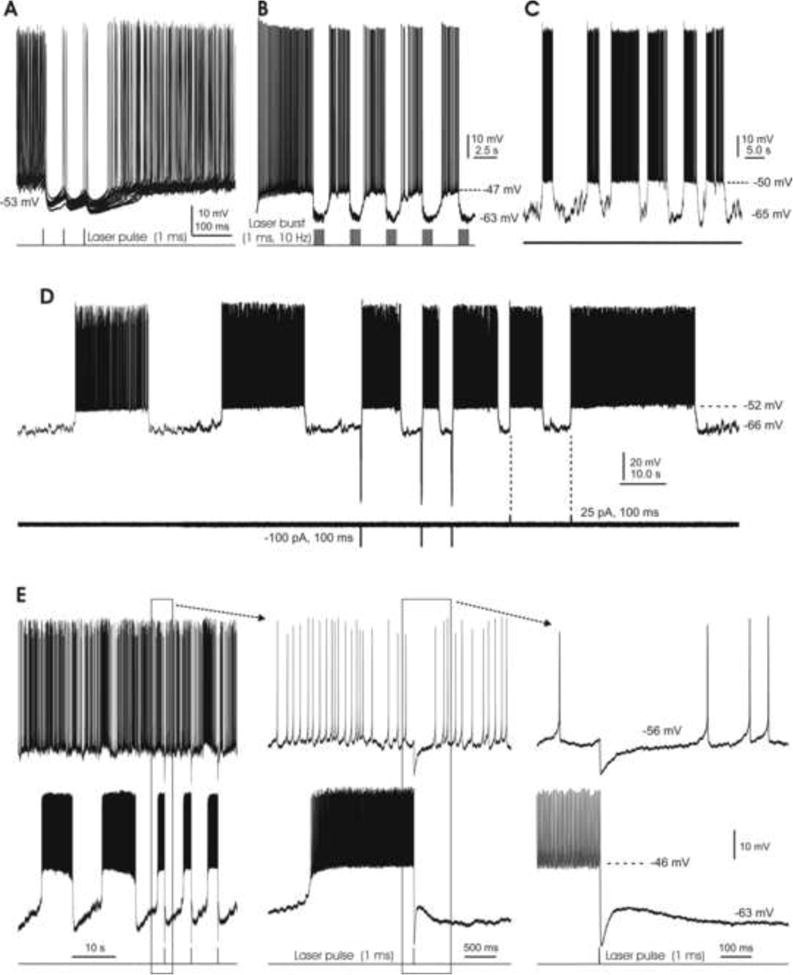Fig. 8. Bistability of DCN cell membrane potential.

A. Brief (1 ms) laser pulses consistently induce robust IPSPs which pause spontaneous firing for ∼50 ms. B. Bursts of 1 ms laser pulses (10 Hz for 1 s) replace the cell's spontaneous tonic spiking with a bistable firing pattern. C. A spontaneously bistable cell under resting conditions, without any manipulations. D. Another spontaneously bistable cell is switched from its down-state to its up-state by either brief hyperpolarizing or depolarizing current pulses. Note the longer and more regular burst firing that occurs in the absence of current injections. E. A pair of DCN cells, with spontaneously tonic (top) and bistable (bottom) firing patterns. The middle and right panels show the boxed areas of the left and middle panels at shorter time scales. A brief laser pulse (1 ms) induces a ∼10 mV IPSP in the tonic cell, but switches the bistable cell from its up-state to the down-state.
